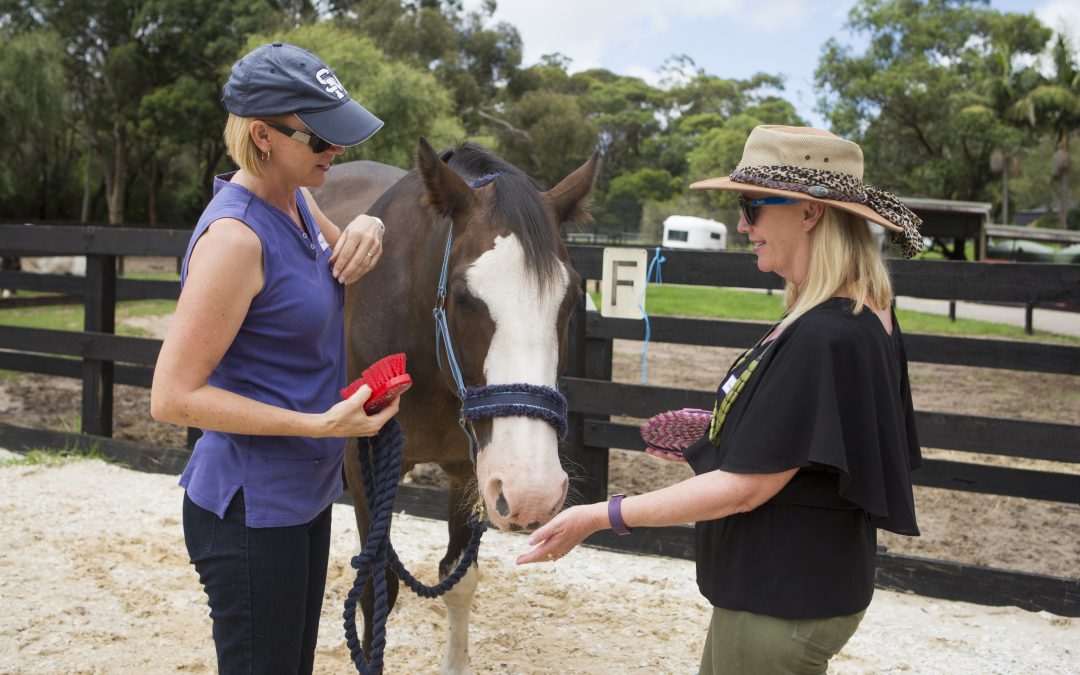Self-awareness is a cornerstone of personal growth, effective communication, and strong leadership. It has two distinct but interconnected dimensions: internal self-awareness (understanding our own values, goals, emotions, strengths, and weaknesses) and external self-awareness (recognising how others perceive us). When these two areas are balanced, we gain clarity about who we are and how we impact the world around us.
Internal Self-Awareness
Internal self-awareness allows us to connect with our inner world—our motivations, passions, and limitations. With it, we can make better decisions, set realistic goals, and build resilience. For example, someone who recognises that they thrive in collaborative environments can actively pursue roles that play to this strength. Without internal self-awareness, however, we risk chasing goals that don’t align with who we really are.
External Self-Awareness
External self-awareness focuses on how others experience us. Leaders, for instance, may believe they are being “direct” when in reality they come across as harsh or intimidating. Honest feedback is crucial here, as it reveals blind spots and helps us understand the ripple effects of our behaviour. Those who develop strong external self-awareness foster trust, collaboration, and psychological safety in their relationships and workplaces.
The Balance Between the Two
The challenge lies in maintaining balance. Overemphasising internal self-awareness can make us self-absorbed, while relying solely on external feedback may cause us to lose authenticity. True self-awareness emerges when we integrate both perspectives—knowing who we are internally while staying open to how others see us. This balance requires humility, curiosity, and a willingness to act on feedback.
Where Equine Assisted Learning Comes In
Horses offer a unique pathway to developing both forms of self-awareness. As highly sensitive, non-judgmental beings, they respond immediately and honestly to human behaviour, providing a kind of feedback that is both powerful and compassionate.
- Internal self-awareness through horses: Working with a horse requires presence, clarity, and emotional regulation. Horses mirror our internal state—if we are anxious, unfocused, or inconsistent, the horse reflects that back to us. This immediate feedback helps participants recognise their emotions, body language, and energy levels, deepening their understanding of themselves.
- External self-awareness through horses: Because horses are attuned to subtle cues, they reveal how our actions and energy are perceived. A person who thinks they are being calm and approachable may find that the horse keeps its distance, signalling a mismatch between intention and impact. This mirrors the human experience: how others perceive us may not always align with how we see ourselves.
Building Awareness Through Action
Unlike traditional feedback, which can feel uncomfortable or judgmental, equine-assisted learning provides experiential feedback in a safe and non-verbal way. Instead of asking “Why do I always struggle in these situations?” participants are encouraged to reflect on “What happened in this interaction with the horse?” and “What can I adjust to create a better connection?” This shift from “why” to “what” transforms self-reflection into constructive action.
The Bigger Picture
Equine assisted learning reinforces the principle that self-awareness is not just about individual growth but about fostering connection, trust, and collaboration. Just as effective leaders put the success of their teams above individual wins, working successfully with a horse requires partnership, respect, and clear communication.
Self-awareness—both internal and external—is a lifelong journey. By working with horses, individuals gain an experiential, embodied understanding of how they show up in the world and how they affect those around them. This balance of self-knowledge and relational awareness not only strengthens personal growth but also enhances leadership, teamwork, and authentic human connection.

